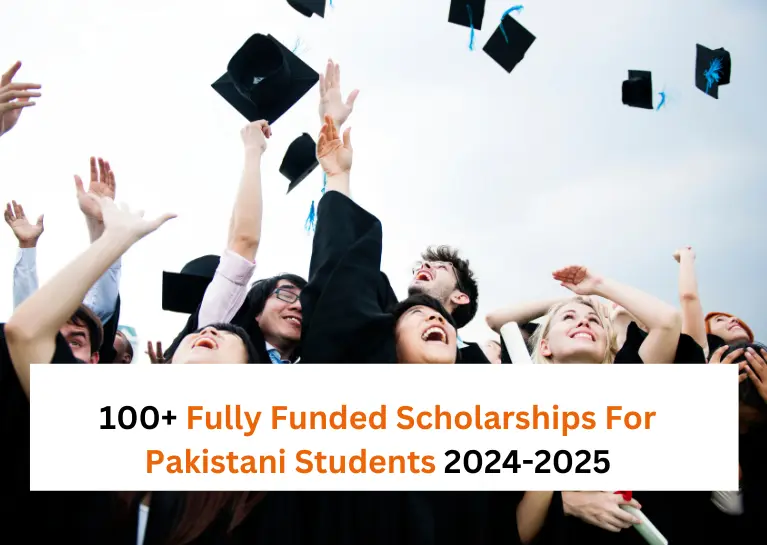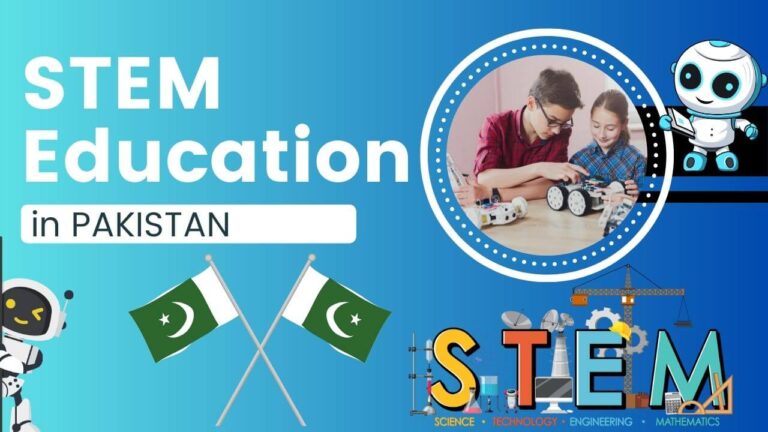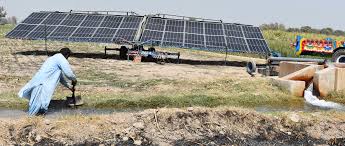Research Funding & Policy in Pakistan: Grants, Publishing, and Open Science
Introduction
Introduction — HEC grants and international calls exist; open access and integrity reforms can raise impact.. In 2025, science in Pakistan and globally is shaped by compute power, open data and cross‑disciplinary teams. Good research design, reproducible code and transparent reporting matter as much as breakthroughs. For readers, the aim is practical clarity: what it is, why it matters, and how to apply or evaluate it in real life. This explainer blends core concepts with real‑world examples relevant to Pakistan and the broader region. Where possible, we propose simple checklists to evaluate claims and avoid hype cycles. Links to policy, education and business adoption are highlighted so readers can act on insights.
Funding
Funding — National grants, joint programs and private R&D. In 2025, science in Pakistan and globally is shaped by compute power, open data and cross‑disciplinary teams. Good research design, reproducible code and transparent reporting matter as much as breakthroughs. For readers, the aim is practical clarity: what it is, why it matters, and how to apply or evaluate it in real life. Use a one‑pager rubric: problem, evidence, cost, risks, and expected impact within 12–24 months. Prefer open standards, audited datasets and peer‑reviewed methods to reduce hidden biases. Build small pilots with measurable KPIs before scaling—this saves time and money.
Applications & Practice — Turn findings into checklists, pilots and policies with clear metrics and review cycles.. In 2025, science in Pakistan and globally is shaped by compute power, open data and cross‑disciplinary teams. Good research design, reproducible code and transparent reporting matter as much as breakthroughs. For readers, the aim is practical clarity: what it is, why it matters, and how to apply or evaluate it in real life. Educators can convert research into lesson plans and labs; founders can prototype services around it. Public agencies should publish datasets and dashboards for accountability and collaboration. Citizen science—well‑guided—multiplies reach without sacrificing rigor.
Publishing
Publishing — Costs, predatory journals and indexing. In 2025, science in Pakistan and globally is shaped by compute power, open data and cross‑disciplinary teams. Good research design, reproducible code and transparent reporting matter as much as breakthroughs. For readers, the aim is practical clarity: what it is, why it matters, and how to apply or evaluate it in real life. Use a one‑pager rubric: problem, evidence, cost, risks, and expected impact within 12–24 months. Prefer open standards, audited datasets and peer‑reviewed methods to reduce hidden biases. Build small pilots with measurable KPIs before scaling—this saves time and money.
Applications & Practice — Turn findings into checklists, pilots and policies with clear metrics and review cycles.. In 2025, science in Pakistan and globally is shaped by compute power, open data and cross‑disciplinary teams. Good research design, reproducible code and transparent reporting matter as much as breakthroughs. For readers, the aim is practical clarity: what it is, why it matters, and how to apply or evaluate it in real life. Educators can convert research into lesson plans and labs; founders can prototype services around it. Public agencies should publish datasets and dashboards for accountability and collaboration. Citizen science—well‑guided—multiplies reach without sacrificing rigor.
Open Science
Open Science — Repositories, data sharing and preprints. In 2025, science in Pakistan and globally is shaped by compute power, open data and cross‑disciplinary teams. Good research design, reproducible code and transparent reporting matter as much as breakthroughs. For readers, the aim is practical clarity: what it is, why it matters, and how to apply or evaluate it in real life. Use a one‑pager rubric: problem, evidence, cost, risks, and expected impact within 12–24 months. Prefer open standards, audited datasets and peer‑reviewed methods to reduce hidden biases. Build small pilots with measurable KPIs before scaling—this saves time and money.
Applications & Practice — Turn findings into checklists, pilots and policies with clear metrics and review cycles.. In 2025, science in Pakistan and globally is shaped by compute power, open data and cross‑disciplinary teams. Good research design, reproducible code and transparent reporting matter as much as breakthroughs. For readers, the aim is practical clarity: what it is, why it matters, and how to apply or evaluate it in real life. Educators can convert research into lesson plans and labs; founders can prototype services around it. Public agencies should publish datasets and dashboards for accountability and collaboration. Citizen science—well‑guided—multiplies reach without sacrificing rigor.
Conclusion
Conclusion — Science moves fastest when methods are open, incentives align, and results are shared responsibly.. In 2025, science in Pakistan and globally is shaped by compute power, open data and cross‑disciplinary teams. Good research design, reproducible code and transparent reporting matter as much as breakthroughs. For readers, the aim is practical clarity: what it is, why it matters, and how to apply or evaluate it in real life. Distill the signal from the noise: define goals, track outcomes, and publish what you learn. Co‑create with users—students, patients, farmers or engineers—to ensure adoption sticks. Invest in talent pipelines: scholarships, labs and industry internships compound national capacity.
FAQs
How can readers trust new research? Look for peer review, preregistration, reproducible code/data and independent replications.
What’s the fastest path from lab to life? Small pilots with users, iterative feedback, and clear safety/ethics reviews.
How can students get involved? Join university labs, online courses, open‑source projects and citizen‑science initiatives.
Field notes: start with a short glossary for non‑experts, then a numbered checklist to try at home, school or work. For example, in AI—define a target metric, collect a tiny clean dataset, and compare a baseline to a simple model before fancy architectures. In health research—document consent, data security and follow‑up outcomes. In climate—use open satellite layers and validate with ground truth. Above all, communicate limits clearly: what we know, what we don’t, and how to test next.






